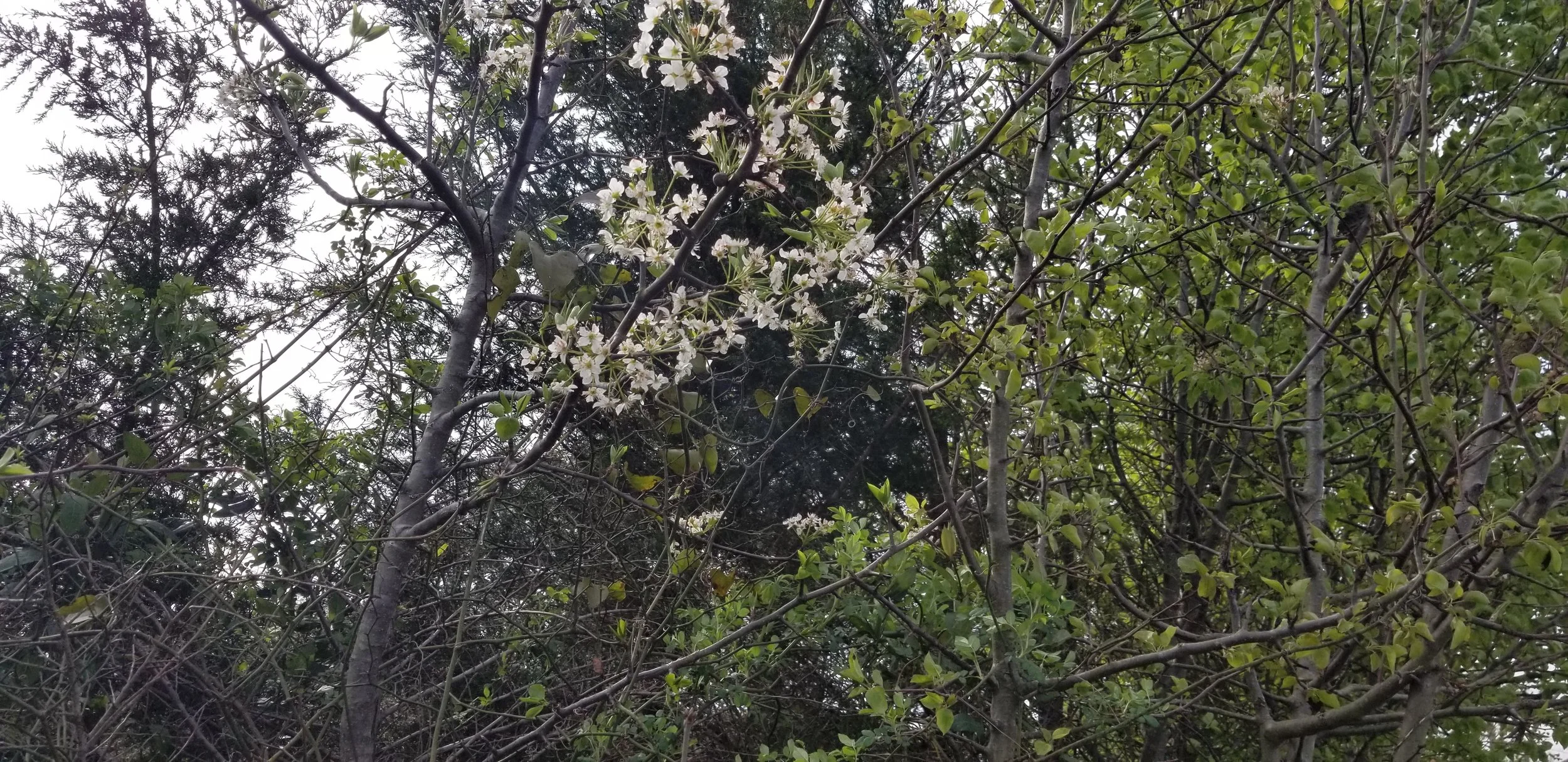As I walked across our pasture with the dogs this week, a soft scent took me back to childhood, when my favorite tree was the Mimosa. Mimosas (Albizia julibrissin) are dwarf but fast-growing trees that branch near the bottom, making them perfect for young children to climb. They have a short life span (10 to 20 years, max). I can remember howling when my parents cut the backyard specimen to the ground and quoted Poe’s Raven, “Nevermore.”
Mimosas seem magical. Their pink puffball blooms smell faintly of baby powder and remind one of a ballerina’s tutu. The lacy compound leaves fold up when touched, as a reaction to changes in stem pressure. The magic ends when the blooms drop, leaving behind numerous bean-like seed pods. The unsightly pods remain even after leaves drop in the fall. Herein lies the problem. Those pods contain numerous seeds, all guaranteed to germinate. Everywhere. This nasty habit far exceeds the benefit of a tree that will thrive in heat, drought, and any type of soil. This is one of the first plants to colonize clear-cut fields in the southeast.
Southern Living Magazine’s Steve Bender (also known as The Grumpy Gardener) answered a reader who inquired as to the proper time to prune Mimosa: “Any time you can find a chainsaw.” Click here to read his diatribe against the species. NC State University recommends, “Cut down large trees with a chainsaw and treat outer two inches of cut surface of stump with undiluted glyphosate concentrate (53.8% is preferable).” Click here to read the full article.
Mimosa is considered an exotic, invasive species. Around a decade ago, a cultivar with burgundy-chocolate leaves came into the trade. It was immediately popular. Alas, those plants are nearing the end of their natural life, so gardeners who utilized them as focal points are now searching for replacements.
Consider using dogwood, redbud or buckeye as a well-behaved alternative.
A sweet fragrance and delicate foliage
A thicket of Mimosas alongside an untended frontage road. They are slowly displacing native species.





